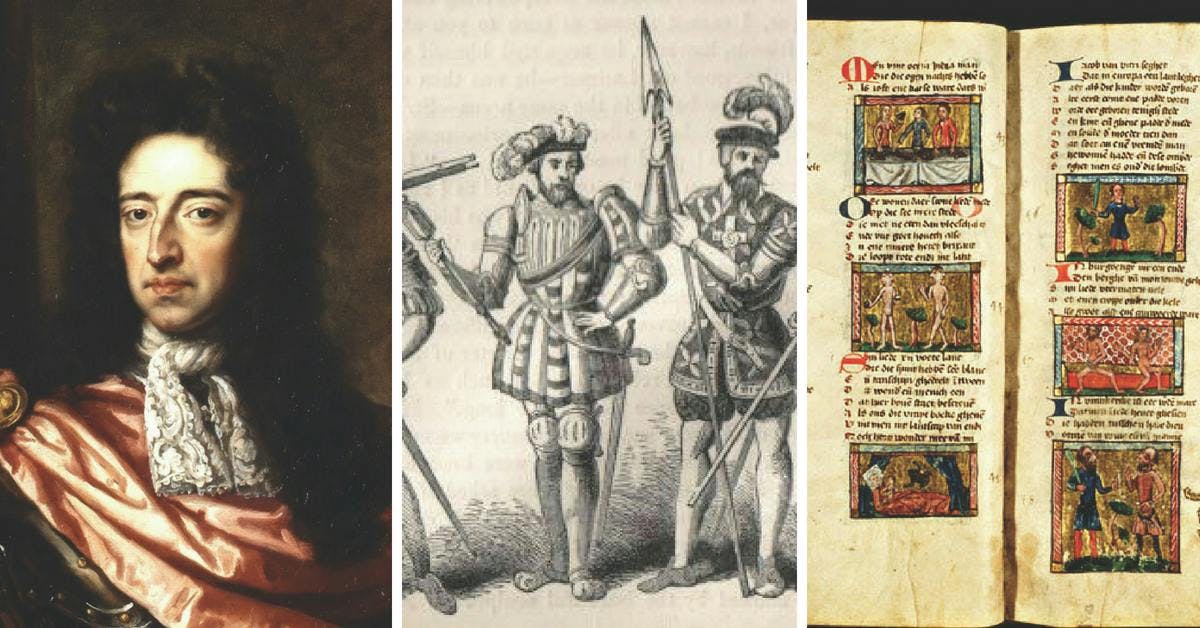
A History of Gin
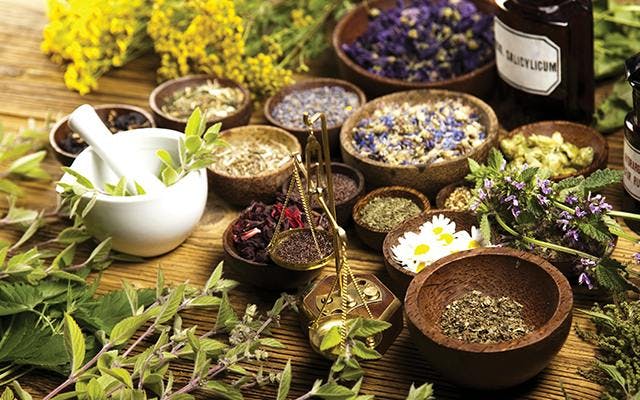
1100s
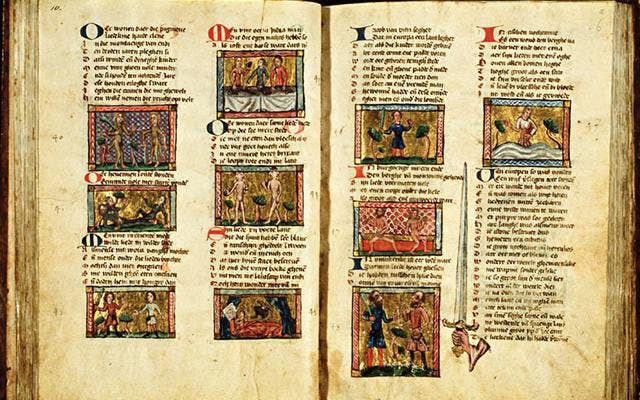
Early 1200s
Because of its reputation as a dieuretic, physicians use juniper in various medicinal mixtures. The first reference to a potable, juniper-based drink is found in the Dutch book Der Naturen Bloeme.
The process of distillation is invented in the Arab world and moves up to Italy. Monks in Salerno used these new techniques to create alcohol, which they then use to preserve medicinal plants – including juniper…
1300s
The Plague strikes Europe and people begin drinking juniper-based elixirs as a remedy for this ‘Black Death’ – to no avail, of course. Plague masks are filled with juniper barriers in order to ward off the disease.
1400s to 1500s
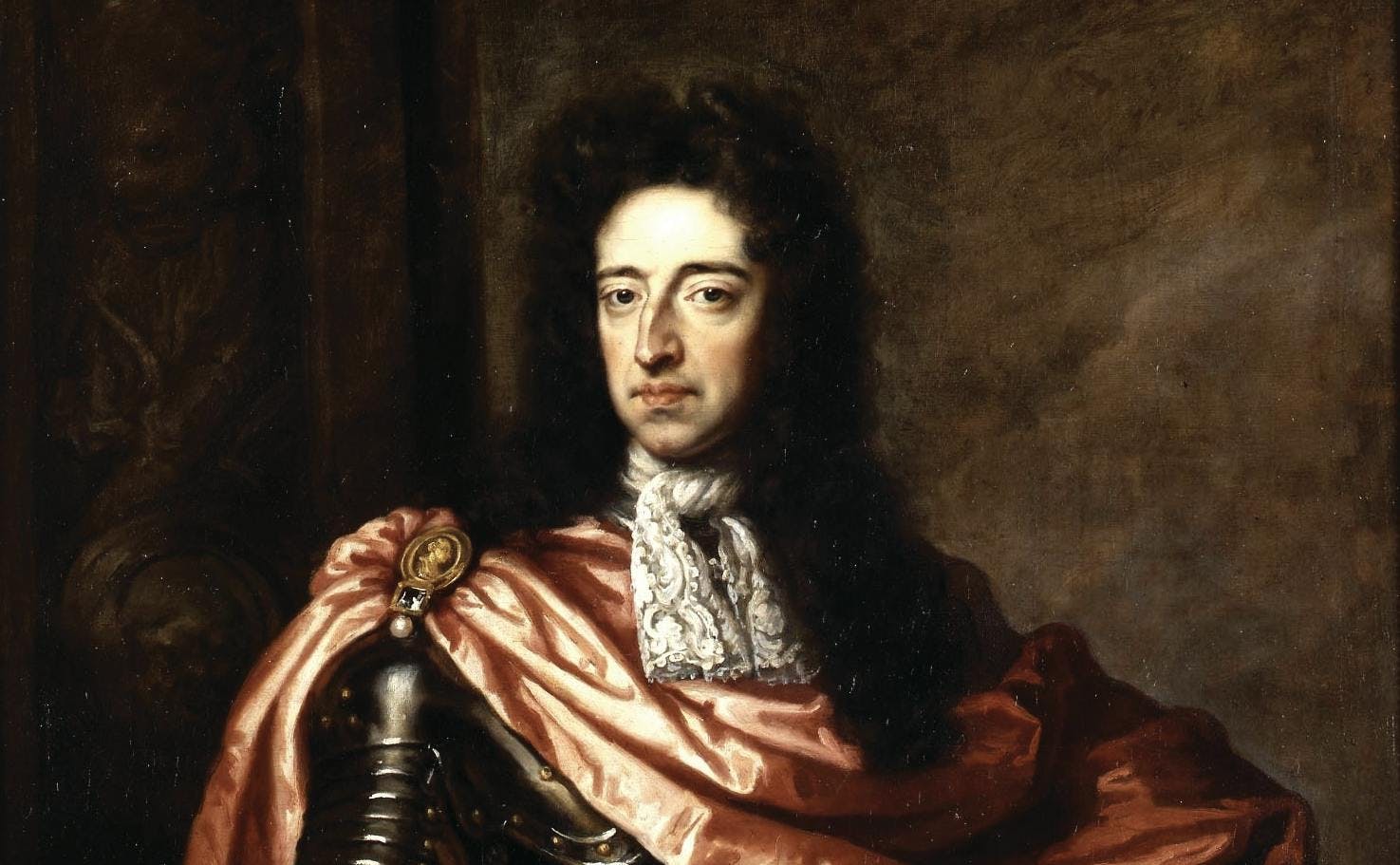
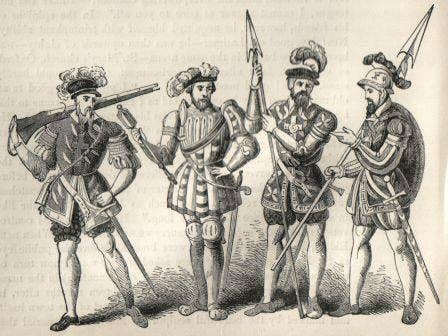
Late 1500s
English soldiers fighting against the Spanish in Antwerp during the Eighty Year’s War allegedly begin drinking jenever before battles due to its calming and bravery-inducing effects. The drink becomes known as ‘Dutch courage’.
The art of distillation continues to advance. People all over begin making distilled spirits for use as ‘medicine’. The first written recipe for a gin-based, distilled beverage appears in a book titled Een Constelijck Distileerboec in 1552.
Late 1600s – 1700s
William of Orange takes the throne in England. He raises taxes on the import of ‘trendy’ distillates, such as French brandy, and encourages British distillation. Gin production and consumption booms as a result.
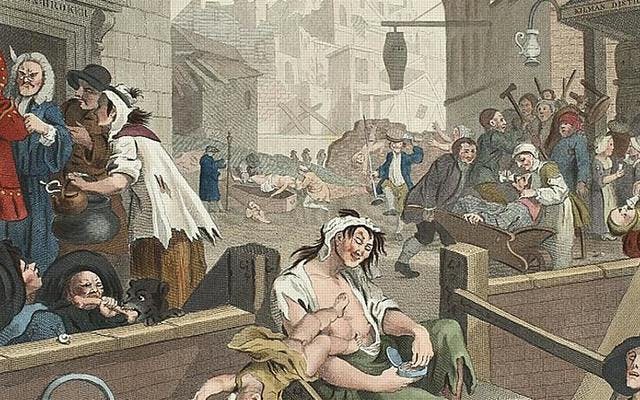
1700s
The ‘Gin Craze’ hits London. The social breakdown that results earns gin the nickname ‘mother’s ruin’ and results in a series of Gin Acts passing that limit the number of premises that can sell gin. Consumption falls and reputable distillers take up gin-making, creating higher-quality products.
1800s
The distillation column is invented and the ‘London Dry’ style of gin is born. This new, smooth product is developed for the upper echelons of society. As the British Empire expands across the globe, so does gin, which is combined with quinine in malaria-ridden countries as a remedy (the start of gin and tonics!) and with Angostura bitters on the sea as a cure for seasickness (the start of ‘pink gin’).
Early 1900s
Prohibition leads to the rise of bootlegged and ‘bathtub gin’ in the US, as well as an increase in imported gin from the UK. Speakeasies and cocktails become popular at this time, and by the end of Prohibition in the 1930s, gin and cocktails are incredibly popular.
Late 1900s – Today
Gin loses some of its popularity after the mid-nineteenth century as people opt for beer and premade drinks in lieu of extravagant cocktails. However, since the 2010s, gin’s popularity has surged once again, in part due to the resurgence of cocktails and in part due to the increase in and availability of quality, craft gins.







